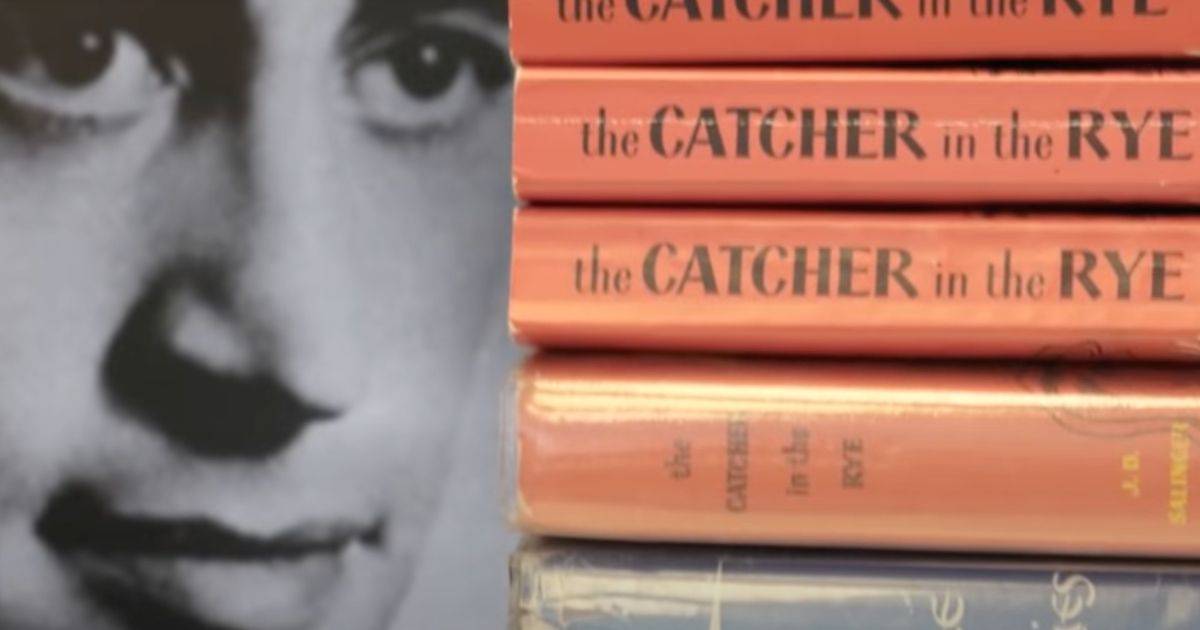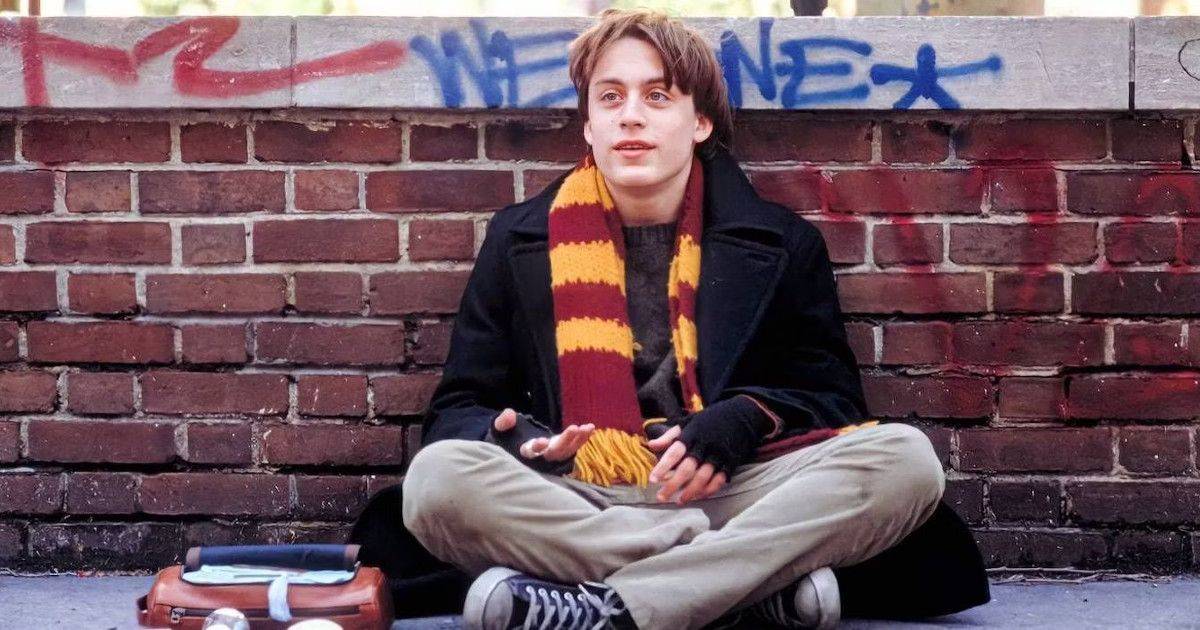The Catcher in the Rye (1951), according to the American Library Association, was the sixth most contested book in 2001 in terms of censorship in schools and libraries. In 2005, it was the third-most questioned book; in 2009, it was ranked sixth. This was mainly because Holden Caulfield, the protagonist of the book, is a rebellious person.
For his aforementioned personality—smoking cigarettes when underage, being expelled from school—he has generated some controversy. But Holden has become one of the most recognisable and beloved protagonists in American literature history as a result of the traits that sparked such continuous discussion. Fans have been hoping, asking, and begging for a Catcher movie for a number of reasons, one of which is the presence of Holden as a character.
Its notoriety in the public education system is probably the first thing that comes to mind when hearing the name of the book for those who didn’t indulge, skipped the pages in high school, or even turned to Spark Notes. But for readers of the book, the absence of a quality film adaptation of Catcher is likely to be the first point of discussion in any given discussion.
Many books have been rejected as “unfilmable” by both authors and filmmakers. This is partially the case. Yet issues with J.D. Salinger’s estate are the main reason it was never ever made into a movie. To some extent, all of this information is probably familiar. Salinger is one of the most well-known authors the genre has ever produced, and his landmark book is among the best-known works ever.
The Novel and Its Author
This author, who went by the name Jerome David Salinger, ranks alongside Hemingway and Fitzgerald as one of the most well-known American novelists of the 20th century. Other works by him include Franny and Zooey (1961), Raise Up the Roof Beams, Nine Tales (1953), Carpenters and Seymour: An Introductory, and (1963). Yet, none of those were novels; instead, they were either novellas or collections of short stories.
The Catcher in the Rye, his one and only true novel, is 10 times more popular than all of his other books put together. It has amassed a cumulative total of 65 million sales, selling about a million copies year. In addition, it’s one of the few bestsellers on the all-time list that high schools regularly read. So, there are more readers of the book than the statistics may indicate.
Salinger had a reputation for trashing the movies. He did this in the book by having the main character, Holden Caulfield, tell his own first-person story. Nonetheless, the author also shared his thoughts on a prospective film adaptation, stating that it would be challenging to adapt most of its components to that particular media. Yet, it hasn’t stopped filmmakers from all over the world from at the very least mentioning the work in theirs.
Its Prevalence Throughout Film Thus Far
That has been mentioned innumerable times; to name one prominent instance, a monologue from the film Six Degrees of Separation (1993). Paul, a character played by Will Smith, delivers a speech on Catcher and the two killings that are sometimes linked to the book: Mark David Chapman’s death of John Lennon and John Hinckley Jr.’s attempted murder of President Ronald Reagan.
Yet there are also movies like Stanley Kubrick’s The Shining (1980), which was based on the Stephen King novel of the same name and features Shelley Duvall’s character Wendy reading Catcher. Nonetheless, Mike White’s 2002 film The Good Girl, which features a single storyline, makes possibly the most overt allusions to Catcher. Thomas “Holden” Worther, who is excellently portrayed by Jake Gyllenhaal, is the main character. And it goes without saying that his nickname refers to his fixation with the main character of the story at hand.
Then again, there is a book with the title Igby Goes Down (2001). First of all, it’s a very underappreciated project. But it might also be the most accurate adaptation of Salinger’s classic book to ever be made into a film. While the title character is portrayed as a disturbed youngster much like Holden, who tries to break away from his mother’s strict methods and struggle against social standards, it is seen by many fans and critics as a spiritual version of Catcher.
Also, the overall tenor is similar to Holden and Salinger’s voices and writing styles. Although writer-director Burr Steers’ statements that the movie was more of an autobiography than a literal interpretation of Catcher, many viewers were content with it being sufficiently accurate. There might, however, be hope for a future adaption if you’re still holding out hope for it.
Will It Ever Be Truly Adapted?
One of the most important arguments against its possible film adaptation, aside from the rights, would be the narrative itself. Simply put, it’s challenging to transfer Holden’s first-person narrative—or, to use another term, his streams of consciousness—into the frames of a movie. These were Salinger’s main interests. Any attempt to incorporate the narration through voiceover, he claimed, would sound forced.
The likelihood that the book will never be adapted for the big screen is currently higher than not. Over the years, a number of directors have made an attempt; some, like Elia Kazan and Billy Wilder, even tried to negotiate with Salinger himself. But in the end, no production method was able to complete the task. And now that J.D. Salinger is no longer alive, the only option is to wait for the property itself to become part of the public domain.
In that context, 2046 and 2080 are two dates that are frequently mentioned. In other words, you shouldn’t hold your breath for an adaptation regardless of how you look at it. And even if you are successful in exercising appropriate patience, there is no guarantee that the adaptation will live up to fans’ hopes. In fact, it’s likely that the movie will be inferior than its novel counterpart regardless given the amount of time that has passed and Holden’s narration. Yet, until that day comes, it shouldn’t prevent filmmakers and other creatives from giving it a go. Yet, if the final product is anything like Salinger’s original novel, heed this warning: there’s a possibility that it may be divisive.



